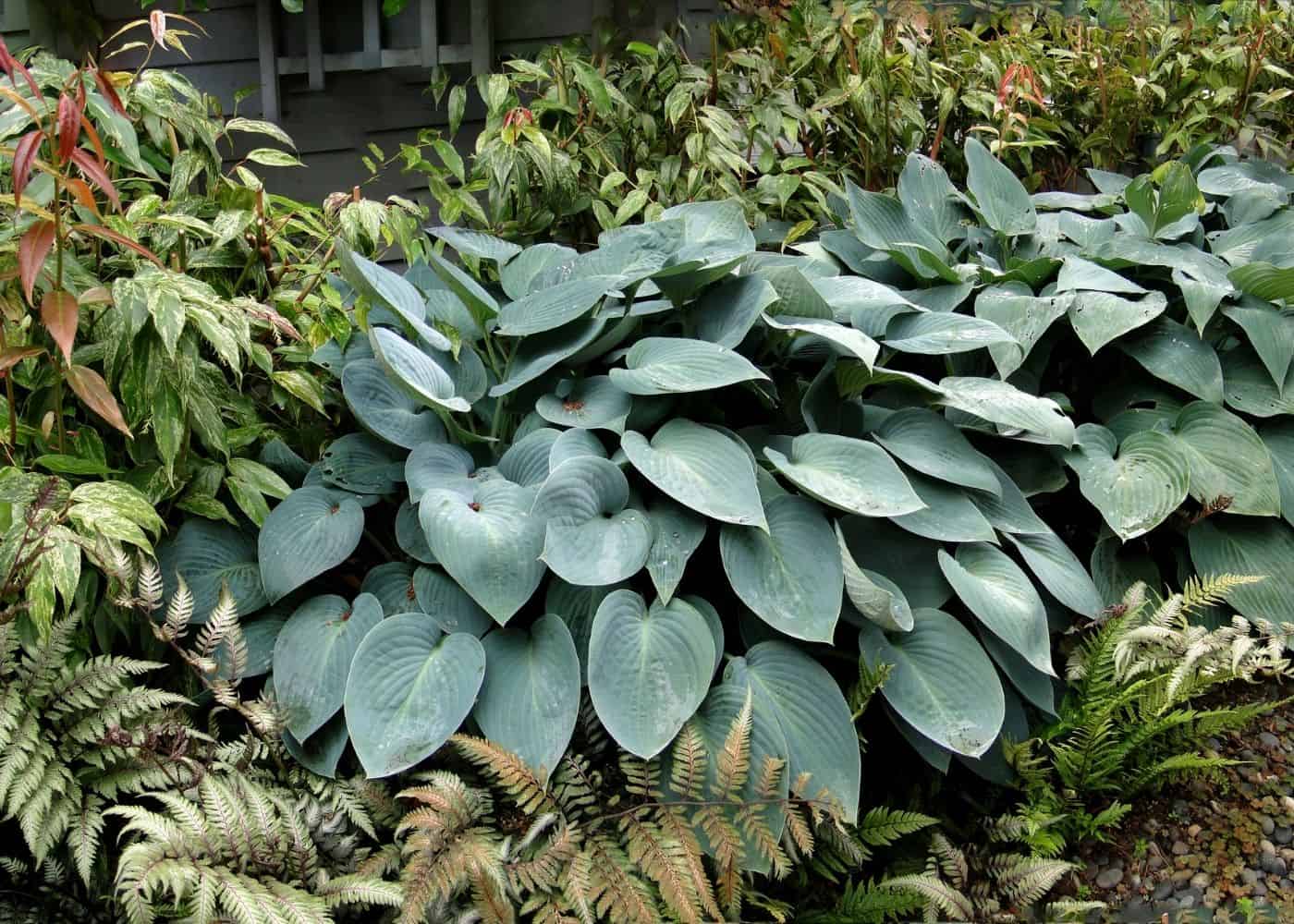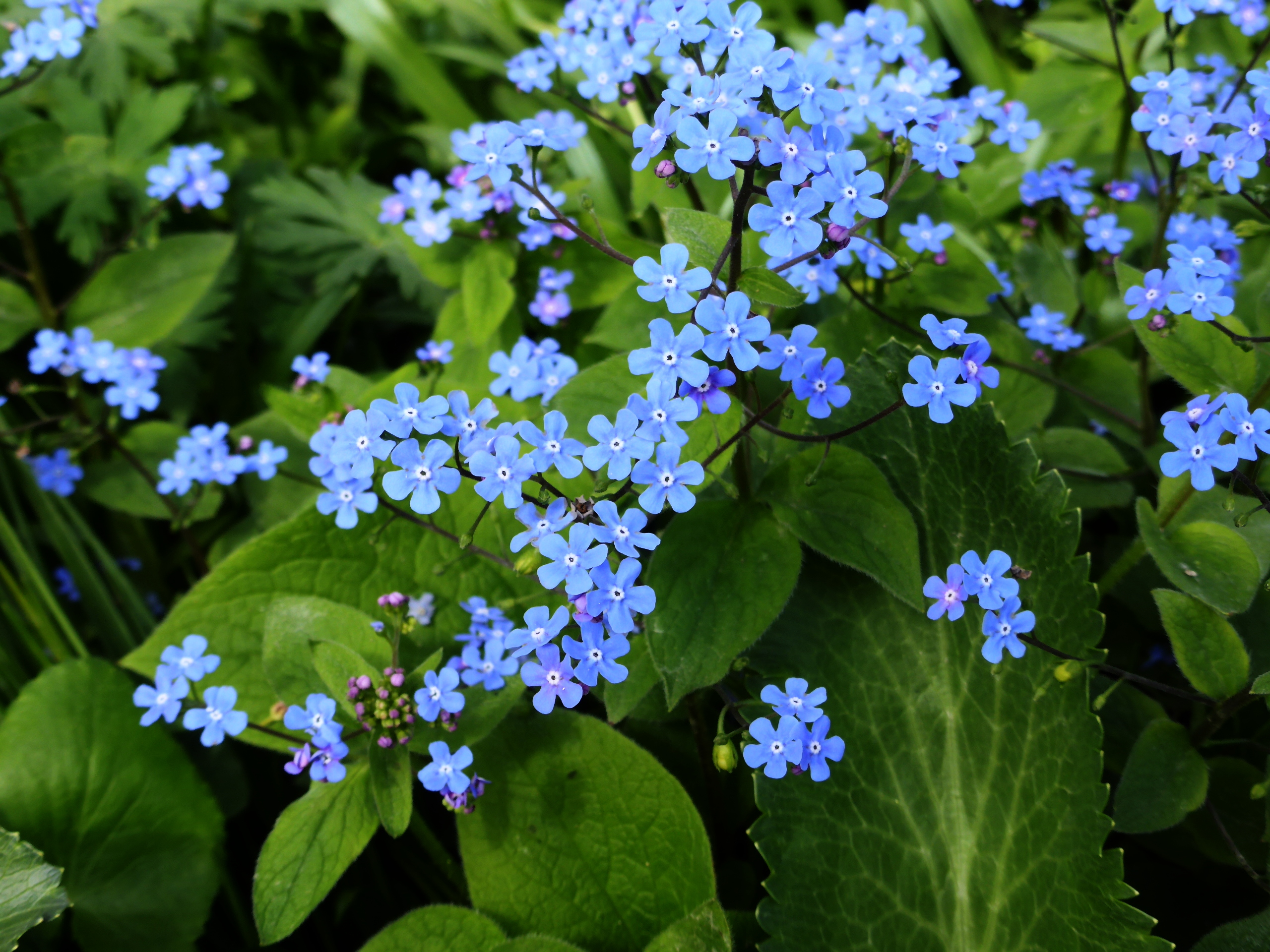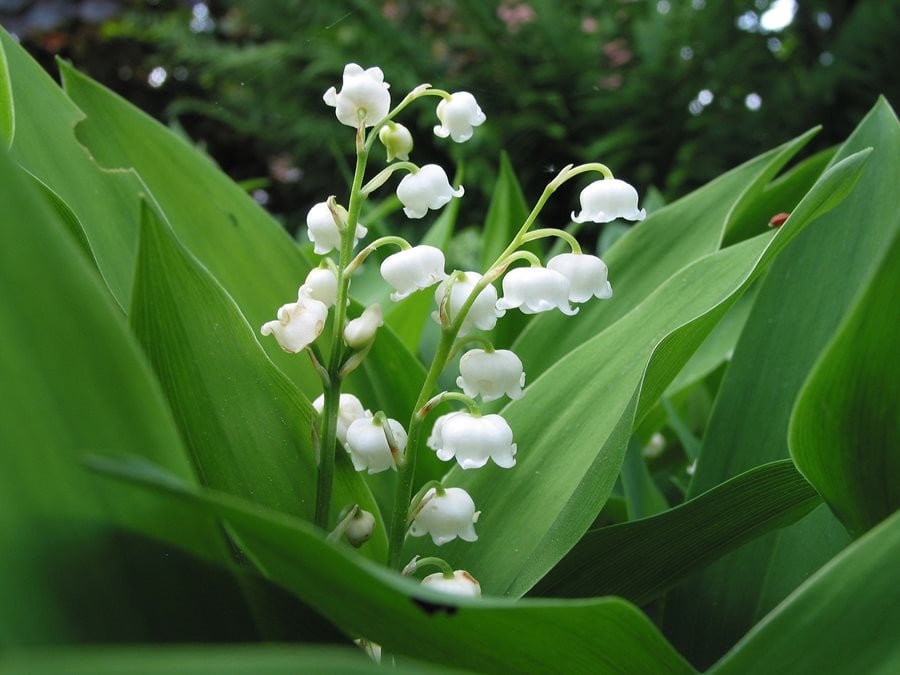Amazing Aquilegia Companion Plants That Will Make Your Garden Pop
Aquilegia Companion Plants: Amazing Plants That Will Make Your Garden Pop
Aquilegia, commonly known as columbine, is a beautiful perennial flower that is native to Europe, Asia, and North America. It is known for its delicate, drooping flowers that come in a variety of colors, including blue, purple, pink, red, and white. Columbines are relatively easy to care for and can be grown in a variety of conditions. They prefer partial shade to full sun and well-drained soil.
One of the best things about columbines is that they are deer-resistant, so you can enjoy their beauty without worrying about the animals eating them. They are also a great choice for attracting pollinators to your garden, such as butterflies, hummingbirds, and bees.
If you are looking to add some columbines to your garden, you may be wondering what companion plants would work well with them. Here are a few of our favorites:
- Astilbe: Astilbe is a shade-loving perennial that blooms in late spring to early summer. It comes in a variety of colors, including white, pink, purple, and red. Astilbe is a great companion plant for columbines because it can help to fill in the spaces between the columbine's delicate flowers.

- Hosta: Hostas are another shade-loving perennial that blooms in early summer. They come in a variety of colors, including green, blue, and yellow. Hostas are a great companion plant for columbines because they can help to provide some height and structure to the garden.

- Lungwort: Lungwort is a shade-loving perennial that blooms in early spring. It comes in a variety of colors, including blue, pink, and purple. Lungwort is a great companion plant for columbines because it can help to add some color to the garden early in the season.
- Phlox: Phlox is a sun-loving perennial that blooms in mid-summer. It comes in a variety of colors, including white, pink, purple, and red. Phlox is a great companion plant for columbines because it can help to add some height and color to the garden.

- Yarrow: Yarrow is a sun-loving perennial that blooms in late spring to early summer. It comes in a variety of colors, including white, yellow, and pink. Yarrow is a great companion plant for columbines because it can help to add some texture and interest to the garden.

These are just a few of the many companion plants that you can grow with columbines. When choosing companion plants, it is important to consider the sun exposure, soil conditions, and bloom time of the plants. By carefully selecting your companion plants, you can create a beautiful and harmonious garden that will attract pollinators and butterflies for years to come.
Aquilegia, commonly known as columbine, is a beautiful spring-blooming perennial that can add a touch of elegance to any garden. But did you know that there are a number of companion plants that can help to enhance the beauty of your columbines?
Some of the best companion plants for columbines include:
- Ferns: Ferns provide a lush, green backdrop for the delicate flowers of columbines. Gardenia Inspiration has a great article on the best ferns to pair with columbines.
- Tiarella: Tiarella, also known as foamflower, is a low-growing plant with delicate white flowers that bloom in the spring. It's a perfect companion for columbines because it has similar light and moisture requirements.
- Campanula: Campanulas, or bellflowers, are another great choice for companion plants for columbines. They come in a variety of colors, so you can find the perfect ones to complement your columbines.
- Alchemilla: Alchemilla, or lady's mantle, is a hardy perennial with fern-like foliage and small yellow flowers. It's a great choice for companion plants for columbines because it can tolerate a variety of conditions.
- Phlox divaricata: Phlox divaricata, or woodland phlox, is a low-growing perennial with delicate blue flowers. It's a perfect choice for companion plants for columbines because it blooms at the same time and has similar light and moisture requirements.
If you're looking for more information about companion plants for columbines, I recommend visiting Gardenia Inspiration. They have a wealth of information on a variety of gardening topics, including companion planting.
FAQ of aquilegia companion plants
Here are the 5 most frequently asked questions about aquilegia companion plants, along with some valuable insights and solutions:
- What are some good companion plants for aquilegias?
Aquilegias are relatively low-maintenance plants that can be paired with a variety of other plants. Some good companion plants include:
- Hostas: Hostas provide shade and moisture for aquilegias, and their large leaves help to hide the aquilegias' fading foliage in the summer.

- Daylilies: Daylilies bloom at the same time as aquilegias, and their bright colors complement the aquilegias' delicate flowers.
- Brunnera: Brunnera's blue leaves provide contrast to the aquilegias' flowers, and its spreading habit helps to fill in any gaps in the garden.

- Astilbes: Astilbes' tall, airy blooms provide a backdrop for the aquilegias' shorter flowers.

- Geraniums: Geraniums add a touch of color and texture to the garden, and they can help to deter pests from the aquilegias.
- How far apart should I plant aquilegias?
Aquilegias should be planted about 12-18 inches apart. This will give them enough room to grow and spread.
- When should I plant aquilegias?
Aquilegias can be planted in the spring or fall. If you are planting them in the spring, wait until the soil has warmed up to at least 60 degrees Fahrenheit. If you are planting them in the fall, plant them at least 6 weeks before the first frost.
- How much sunlight do aquilegias need?
Aquilegias prefer full sun to partial shade. They will tolerate full sun, but they may not flower as well. If you live in a hot climate, it is best to plant them in a spot that receives some afternoon shade.
- How much water do aquilegias need?
Aquilegias need moist soil, but they should not be overwatered. Water them regularly, especially during hot, dry weather.
Image of aquilegia companion plants
- Aquilegia with campanula: Both plants thrive in moist, well-drained soil and prefer partial shade. Campanula adds a touch of blue to the Aquilegia's bright colors.

- Aquilegia with hosta: Hostas provide a lush backdrop for Aquilegia's delicate flowers. They also have similar water and soil requirements.

- Aquilegia with columbine: These two plants are closely related, so it's no surprise that they make good companions. They both have similar flower shapes and colors, and they bloom at the same time of year.
- Aquilegia with peony: Peonies add a touch of elegance to Aquilegia's wildflower charm. They both bloom in the spring, and they can be planted together in a border or in a mixed container.

- Aquilegia with lily of the valley: Lily of the valley is a delicate, low-growing plant that adds a touch of sweetness to Aquilegia's bold colors. They both prefer moist, shady conditions.

Post a Comment for " Amazing Aquilegia Companion Plants That Will Make Your Garden Pop"